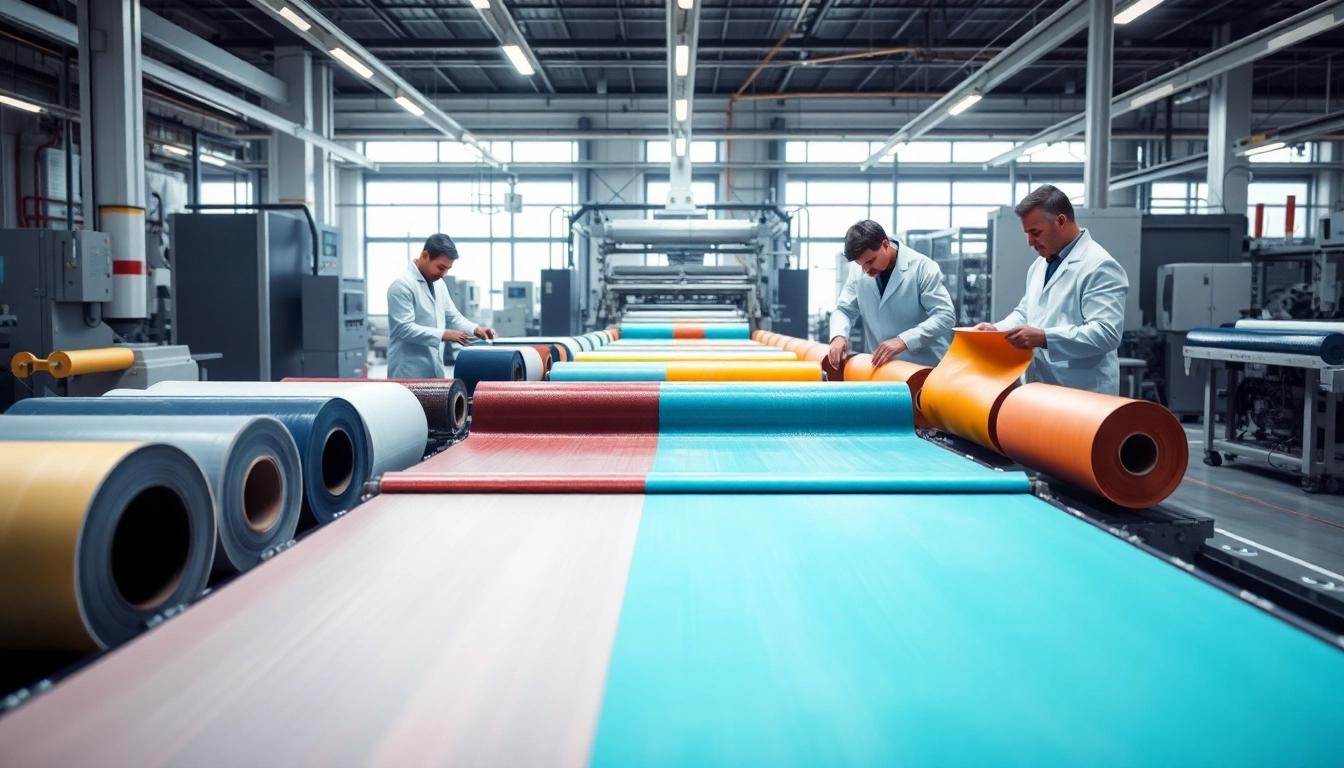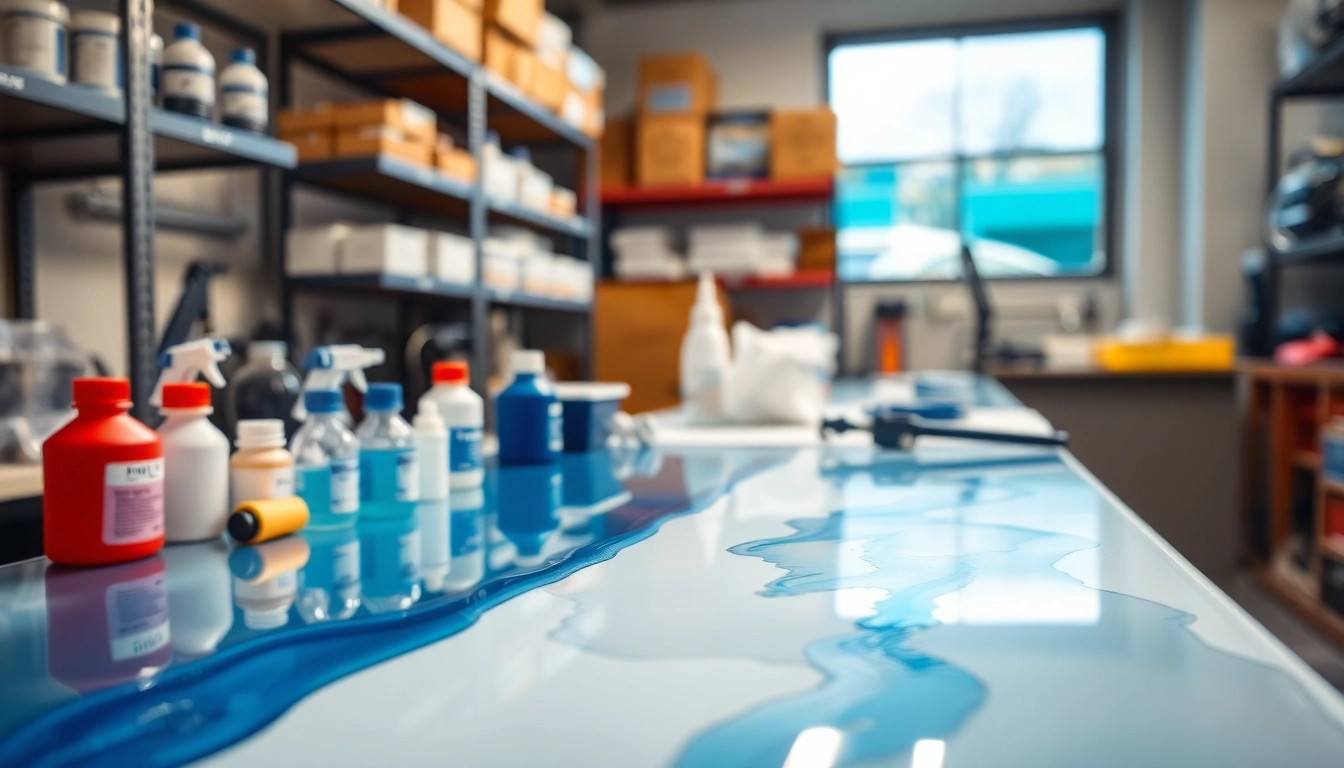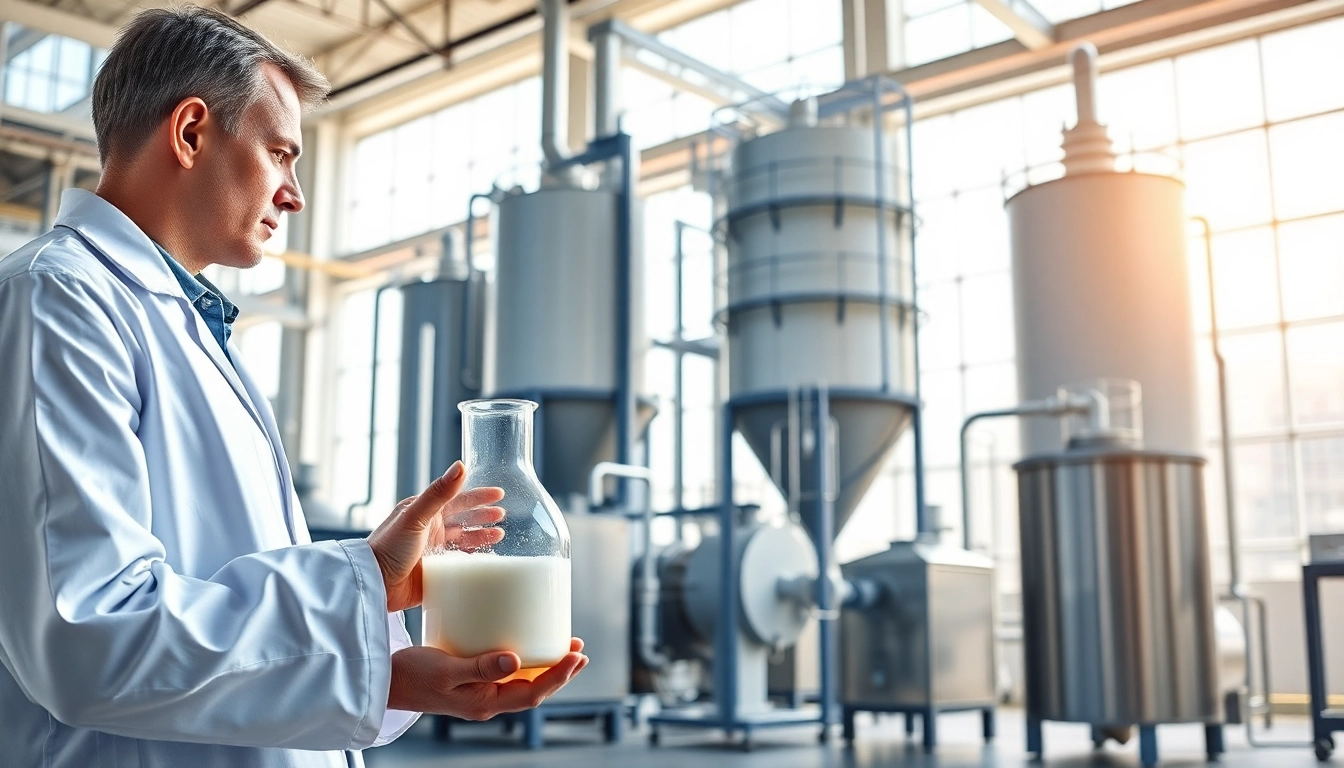Understanding Epoxy Prepregs
What Are Epoxy Prepregs?
Epoxy prepregs are advanced composite materials consisting of a fiber reinforcement, typically carbon or fiberglass, that has been pre-impregnated with a thermosetting epoxy resin system. This unique formulation allows for precise control over the material’s properties and enhances its performance attributes. Unlike traditional fiber-reinforced composites, epoxy prepregs are delivered in a ready-to-use format, eliminating the need for additional resin mixing during the manufacturing process. These characteristics make epoxy prepregs particularly popular in high-performance applications, such as aerospace, automotive, and sports equipment manufacturing.
Composition and Properties of Epoxy Prepregs
The composition of epoxy prepregs primarily includes three essential components: fiber reinforcement, epoxy resin, and hardener. The choice of the reinforcement—often carbon fiber or glass fiber—impacts the mechanical properties of the final product. Carbon fiber prepregs boast high strength-to-weight ratios, while fiberglass prepregs offer cost-effectiveness and good mechanical performance.
The epoxy resin serves as a matrix, providing structural integrity and bonding the fibers together. Typically, epoxy resins used in prepregs are characterized by their excellent adhesive properties, chemical resistance, and thermal stability. The hardener is added to facilitate the curing process, converting the resin from a liquid to a solid state when heated.
Some key properties of epoxy prepregs include:
- High tensile strength: Ideal for applications requiring exceptional durability.
- Low shrinkage during curing: Ensures dimensional accuracy and fit.
- Superior thermal stability: Maintains performance in extreme temperatures.
- Resistance to moisture and chemicals: Extends the lifespan of products made from prepregs.
Applications of Epoxy Prepregs in Different Industries
Epoxy prepregs find applications across various sectors thanks to their versatility and superior performance characteristics:
- Aerospace: Used in aircraft structures, wings, and nacelles, epoxy prepregs provide the lightweight and strength necessary for flight.
- Automotive: Enhancements in automotive parts, such as body panels and structural components, allow for weight reduction and improved fuel efficiency.
- Sporting Goods: High-performance sporting equipment such as bicycles, golf clubs, and surfboards leverage the lightweight and strength properties of epoxy prepregs.
- Industrial Applications: Found in manufacturing machinery and equipment where durable and reliable components are critical.
Benefits of Using Epoxy Prepregs
Performance Advantages of Epoxy Prepregs
The performance advantages of epoxy prepregs are multifaceted, making them a superior choice for manufacturers committed to producing high-quality composite components. Key benefits include:
- Enhanced mechanical properties provide superior strength compared to other materials.
- Improved fatigue resistance extends the lifespan of components under cyclic loading.
- A consistent quality is guaranteed due to the controlled manufacturing process, reducing variability between batches.
- Efficient processing times lead to faster turnaround in production, allowing manufacturers to respond quickly to market demands.
Cost-Effectiveness in Advanced Manufacturing
While the initial investment in epoxy prepregs can be higher compared to traditional composite materials, the long-term benefits often outweigh these costs. Their durability and resistance to wear and tear translate into reduced maintenance and replacement expenses over time. Additionally, the elimination of in situ mixing, which can lead to human error and inconsistencies, further contributes to a more predictable cost profile. Manufacturers can achieve epoxy prepregs for complex components efficiently, ultimately lowering production costs.
Environmental Impact of Epoxy Prepregs
As industries face growing pressure to adopt sustainable practices, epoxy prepregs present eco-friendly advantages. Their durable nature means less frequent replacements, minimizing waste. Furthermore, advancements in resin chemistry are paving the way for bio-based and recyclable epoxy prepregs, aligning with environmental standards and reducing the carbon footprint associated with the production and use of composite materials.
Best Practices for Working with Epoxy Prepregs
Storage and Handling Guidelines
Proper storage and handling of epoxy prepregs are crucial for maintaining their integrity and performance. Key guidelines include:
- Storage temperature: Keep epoxy prepregs in a temperature-controlled environment, typically between -18°C to 0°C, to prolong their shelf life.
- Avoiding contamination: Handle prepregs with clean, dry hands or gloves to prevent contamination from oils or dirt.
- Expiration dates: Always check and respect expiration dates; prepregs should be used before their shelf life expires for optimal performance.
Curing Processes for Optimal Performance
The curing of epoxy prepregs involves a thermal process that transforms the resin from its initial viscous state into a solid, durable matrix. Proper curing is essential to achieve the desired properties of the final composite. Factors such as temperature, pressure, and time directly impact the curing process and should be closely monitored.
Common curing methods include:
- Oven curing: Preferred for larger parts, where heat is applied uniformly to facilitate curing.
- Autoclave curing: A pressure vessel method that combines heat and pressure, ensuring optimal material properties.
- Room temperature curing: Suitable for certain epoxy formulations that can cure effectively at ambient temperatures, though this may result in longer cure times.
Quality Control Measures for Epoxy Prepregs
Implementing stringent quality control measures is essential to ensure the reliability and performance of epoxy prepregs. This can involve:
- Visual inspections: Checking for defects in the prepreg sheets.
- Mechanical testing: Assessing properties such as tensile strength, flexural strength, and impact resistance.
- Thermal analysis: Evaluating curing profiles and other thermal properties critical for performance.
Innovations in Epoxy Prepreg Technology
Recent Developments in Resin Formulations
Recent innovations in resin formulations have led to significant advancements in epoxy prepregs, making them even more competitive. Enhancements such as:
- Higher glass transition temperatures (Tg): Allowing for the use of prepregs in more extreme environments.
- Improved toughness: Reducing brittleness while maintaining high strength, making epoxy prepregs suitable for a broader range of applications.
- Bio-based options: The introduction of eco-friendly resins, reducing the reliance on petroleum-based products and lowering environmental impact.
Integration of Epoxy Prepregs in Composite Materials
Integration of epoxy prepregs with other composite materials is paving the way for new manufacturing techniques and applications. This hybrid approach enables the development of components that take advantage of the best attributes of multiple materials. Examples include:
- Combination with thermoplastics: Creating hybrid composites that are easier to process and can be recycled.
- Multi-layered composites: Utilizing different prepreg layers to maximize strength-to-weight ratios and performance characteristics.
The Future of Epoxy Prepregs in Manufacturing
The future of epoxy prepregs is promising, with ongoing research focused on improving performance, sustainability, and cost-effectiveness. As technological innovations continue to unfold, industries are likely to witness:
- Enhanced manufacturing automation: Increasing efficiency and precision in the production of prepregs.
- Broader industry applications: Expanding beyond traditional sectors into emerging fields such as renewable energy and marine industries.
- Continued emphasis on sustainability: Pushing developments towards fully recyclable and biodegradable prepreg solutions.
Case Studies: Successful Use of Epoxy Prepregs
Transforming Aerospace Components with Epoxy Prepregs
The aerospace industry has made significant advancements through the integration of epoxy prepregs. For instance, using carbon fiber epoxy prepregs in aircraft wings has led to weight savings of up to 20%, resulting in improved fuel efficiency and reduced emissions. Additionally, the inherent strength and durability of epoxy prepregs enhance the long-term safety and reliability of aircraft components.
Innovative Automotive Solutions Using Epoxy Prepregs
In the automotive sector, manufacturers are increasingly employing epoxy prepregs in the production of lightweight components. By integrating these materials into chassis structures and body panels, they can reduce overall vehicle weight significantly, improving acceleration, handling, and fuel economy. Case studies indicate that using epoxy prepreg components can lead to a 25% reduction in vehicle weight without compromising safety or performance.
Sporting Goods Enhanced by Epoxy Prepregs
In the realm of sporting goods, epoxy prepregs have revolutionized the design and production of high-performance gear. For example, using epoxy prepregs for carbon fiber bicycles has resulted in frames that are not only lighter but also stiffer and more responsive. Athletes benefit from the enhanced performance characteristics, allowing for increased speed and better handling in competitive environments.



